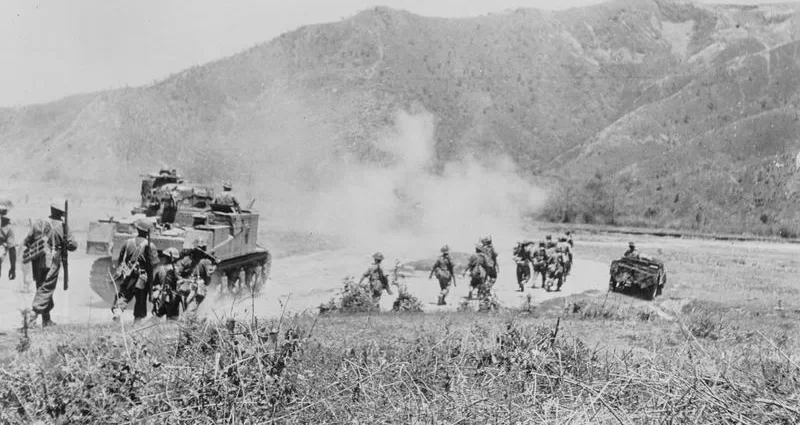The Battle of Kohima, fought in the spring of 1944, was a brutal and pivotal clash in World War II. It occurred in the mountainous region of Northeast India, as part of a larger Japanese offensive known as Operation U-Go. This article explores the key aspects of this bloody battle.
The Strategic Importance of Kohima:
The Japanese aimed to capture the strategically crucial town of Kohima. Located on the Imphal-Dimapur Road, the key supply line for Allied forces battling in Imphal, Kohima’s capture would have severed this vital link.
The Course of the Battle:
The battle unfolded in three stages, lasting from April 4th to June 22nd, 1944. Initially, a small British and Indian force attempted to hold Kohima Ridge, a vital position overlooking the road. They faced relentless attacks from the Japanese 31st Division. By mid-April, the defenders were desperately clinging on, but reinforcements finally arrived, pushing back the Japanese.
A Desperate Fight:
The ensuing weeks witnessed fierce house-to-house fighting in the devastated town of Kohima. Both sides suffered horrendous casualties in the brutal close-quarter combat. The monsoon rains arrived in May, turning the battlefield into a muddy quagmire, but the fighting continued unabated.
A Turning Point is Reached:
By the end of May, the Japanese were exhausted and starving. Their offensive faltered, and General Sato finally ordered a withdrawal. On June 22nd, British and Indian troops from Kohima linked up with those from Imphal, marking the end of the sieges in both towns.
The Legacy of Kohima:
The Battle of Kohima was a costly victory for the Allies. British and Indian forces suffered over 4,000 casualties, while the Japanese losses were even higher, estimated at over 5,700. However, this battle marked a turning point in the Burma Campaign. The Japanese offensive sputtered and died, and the Allies eventually recaptured Burma.
The Battle of Kohima, though overshadowed by other battles of World War II, stands as a testament to the courage and resilience of the soldiers who fought there.


1 Comment
Comments are closed.